X-Ray Characterization Instrumentation
NMCF maintains several types of X-ray characterization for bulk and surface characterization of materials. X-ray diffraction (XRD) provides information on bulk composition and phase for any polycrystalline material including geologic, metal alloy, inorganic, organometallic and organic substances. Quantitative elemental and oxide composition of bulk materials - solids, powders, and liquids - can be measured with high sensitivity using X-ray fluorescence (XRF). X-ray photoelectron spectroscopy (XPS) provides quantitative chemical and elemental composition of material surfaces as a function of position and depth. X-ray reflectivity (XRR) can be done on all XRD instrumentation. Single-crystal X-ray diffraction for novel materials provides details about molecular spacing and crystal structure; single-crystal XRD is available through UVa's Chemistry Dept.
NMCF X-ray Instrumentation
-
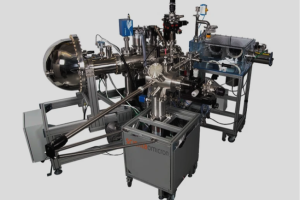
Scienta Omicron HiPP Lab XPS System ---- Available Winter 2025
The HiPP Lab is a state-of-the-art ambient-pressure photoelectron spectroscopy (AP-PES / AR-XPS) system with heating stage designed for XPS of solid, gas and/or liquid sample environments and capable of operando electrochemistry and catalysis measurement. An adjacent gas-reaction / processing chamber with heating stage and coupled glovebox can also be utilized.
-
Versaprobe III X-ray Photoelectron Spectrometer (XPS)
X-ray photoelectron spectroscopy (XPS) for quantitative elemental composition and chemistry of material surfaces (~ 5 nm). Integrated hot/cold stage and adjacent processing/reaction chamber with heating stage allow sample modification and analysis without exposure to atmosphere.
-
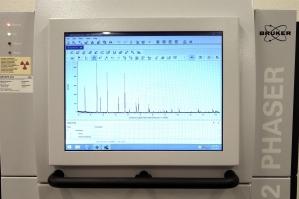
Bruker D2 Phaser X-ray Diffractometer (XRD)
The D2 Phaser bench-top X-ray diffractometer (XRD) from Bruker is our best diffractometer for measuring the diffraction of samples that would normally fluoresce under Cu X-rays. The Phaser can be used for crystal phase identification and quantification of powders and solids.
-
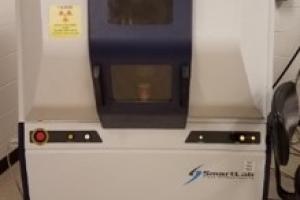
SmartLab X-ray Diffractometer (XRD)
X-ray Diffraction (XRD) for the identification and quantification of phases for crystalline powders and solids, where the crystallite size is greater than 5nm. The X'pert performs a variety of X-ray diffraction measurements on any type of polycrystalline material including inorganic, organometallic and organic substances.
-
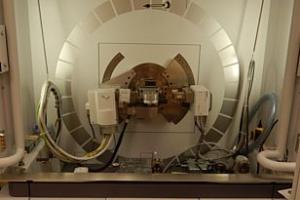
Empyrean X-ray Diffractometer (XRD)
X-ray Diffraction (XRD) for identification and quantification of phases for crystalline powders and solids, where the crystallite size is greater than 5nm. The Empyrean performs a variety of X-ray diffraction measurements on any type of polycrystalline material including inorganic, organometallic and organic substances.
-
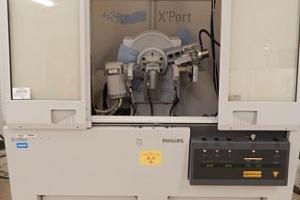
Xpert Pro X-ray Diffractometer (XRD)
X-ray Diffraction (XRD) for the identification and quantification of phases for crystalline powders and solids, where the crystallite size is greater than 5nm. The X'pert performs a variety of X-ray diffraction measurements on any type of polycrystalline material including inorganic, organometallic and organic substances.
-
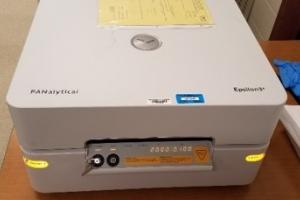
Epsilon3x X-ray Fluorescence Spectrometer (XRF)
X-ray Fluorescence Spectroscopy (XRF) for elemental analysis, contaminant detection, and material identification of powders, liquids and solids. Quantitative bulk compositional analysis with high sensitivity (< 1 ppm) for elements wit a Z > 10.
Contact Us
Diane Dickie
Dr. Diane Dickie joined the Chemistry Department in January 2018 as a Senior Scientist and X-Ray Crystallographer. She is has a joint appointment with the Materials Science Department. Her office is Room 103 in Jesser Hall (Materials Science and Engineering).
Catherine Dukes
Catherine Dukes directs the Laboratory for Astrophysics and Surface Physics (LASP) and provides expertise in X-ray photoelectron spectroscopy (XPS) for the University of Virginia's Nanoscale Materials Characterization Facility (NMCF). Her NSF and NASA funded research focuses on the interaction of radiation with surfaces.